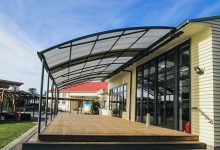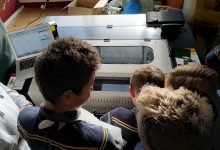Case study: Cutting technology at Auroa School
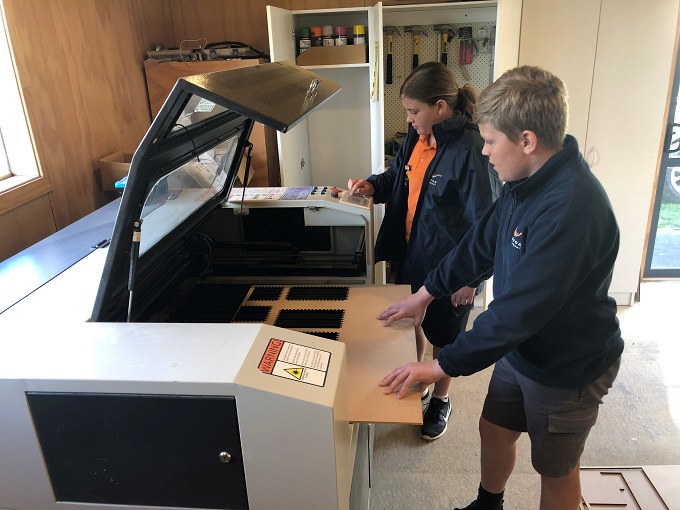
The innovative and inventive Auroa School, Hawera successfully introduced Makerspace NZ laser cutter technology to their primary students.
Our Term 4 magazine issue it out now! Check out the e-version here.
This school is busy providing amazing opportunities for younger students to participate in specialist technology classes with a focus on a project based, problem solving approach, and boundless creativity.
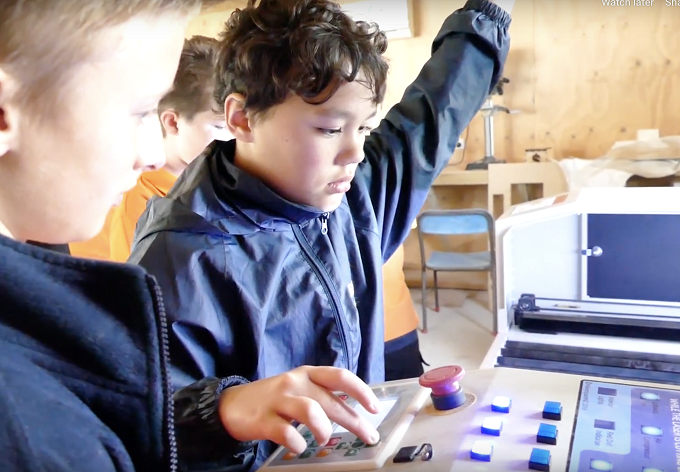
Auroa School Principal, Jarad Chittenden explained that they have been teaching their students a technology program that was previously implemented by the high school. He said: “Our aim is to provide our primary students with a unique experience where they can be creative and innovative with how they plan and build their projects.”
The laser cutter technology is mainly used in the year 7/8 DPE program.
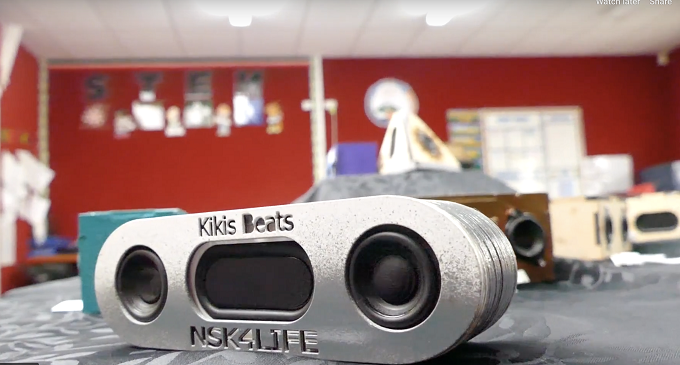
Jarad told us: “The focus this year has been on creating Bluetooth speakers and is a great example of how we have successfully implemented the laser cutter. This new technology enables our students to design their own speaker cases and add components.
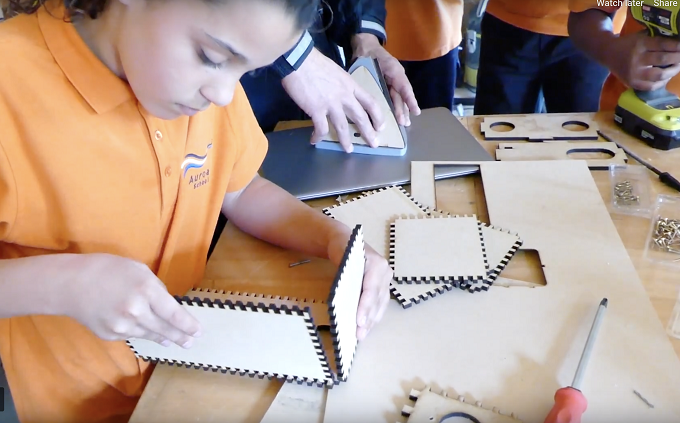
“Our DPE program is based around the concept of reverse engineering, where we provide students with a variety of projects and they are required to break down products into key components. Then, they use this information to construct their own products adding their own individuality to the outcome.
“Students work through the process of design and assembly with input from their teacher when using the cutter as a tool, but it doesn’t take long for students to be able to do this with only minimal teacher input.
“This is important because we want our students to be in as much control of their designs as possible and free teachers to discuss design elements and construction ideas, rather than having to help with the process.”
According to Jarad the process was immediately found to be heavy on design with students having to visualise what the 2d shapes they were constructing in the software would look like in 3d space. He admitted there were lots of mistakes!
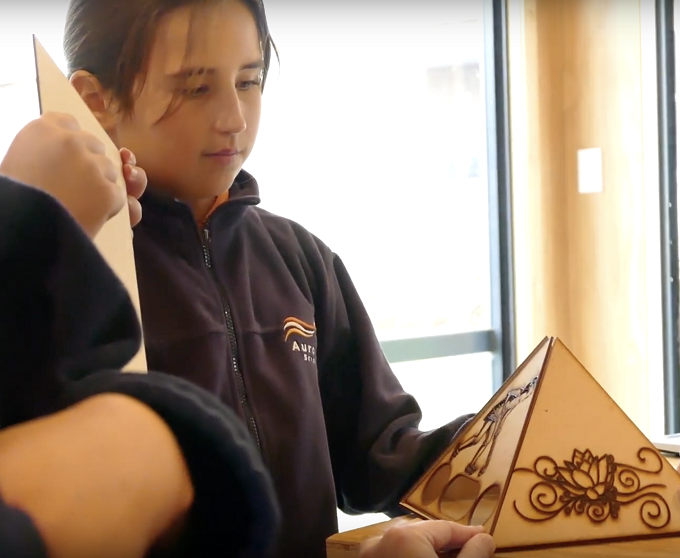
However, this was a positive learning opportunity. He stated: “The key was that the laser cutter allowed for these mistakes to happen. Students weren’t constricted by teacher availability to cut their designs or check their work and in fact, we didn’t want to be the gatekeeper who checked their work before they processed it. Our aim is that students reach the realisation that something has gone wrong when they assemble their product.”
Furthermore, Jarad reported that it wasn’t long before the students operated the cutter without relying on teacher instruction. The speedy cutting process also allows multiple students at any time of the day to review their designs, create multiple prototypes, and troubleshoot each design.
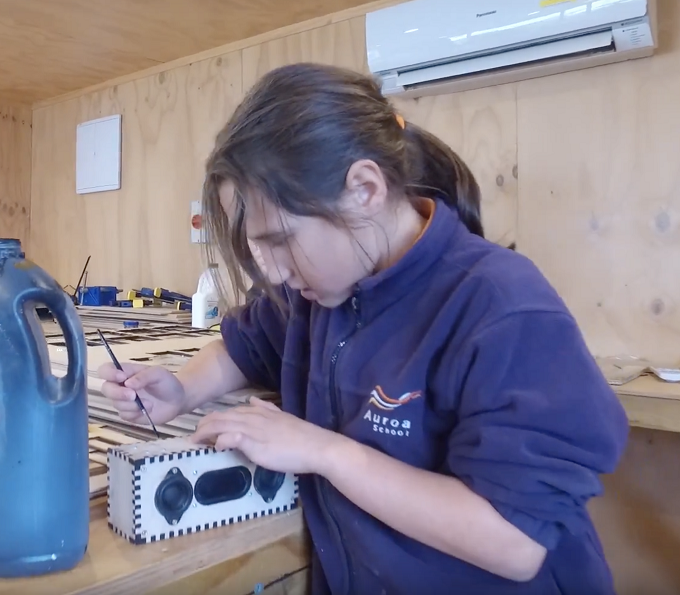
He said: “Students become extremely efficient on the software (Google Sketchup and Inkscape), so much so, they are creating designs and products that reflect their individuality, and we very rarely find two products that are alike. Every year our students seem to be more capable and more creative, having learnt from previous students.”
The improved standard of products created over the past couple of years, highlights how positively received the introduction of this laser cutting technology has been.
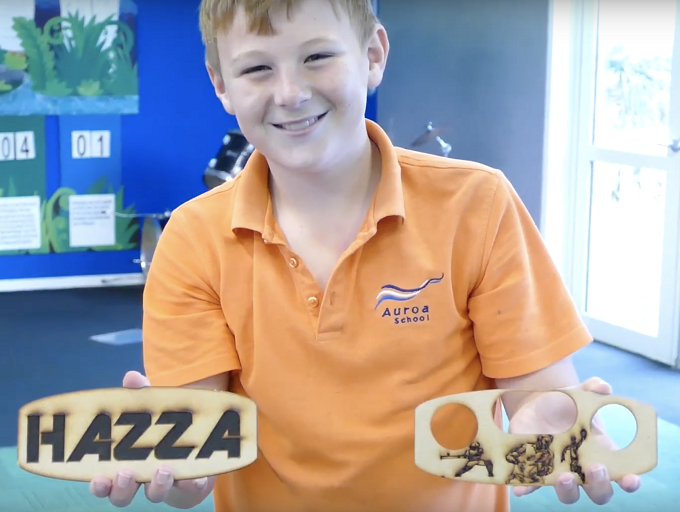
“Without doubt, the laser cutter is a great return on our initial investment and a pivotal part of our plan is to push this into our junior school. The technology makes previously inaccessible aspects of learning accessible, allowing students to tackle real life problems in authentic ways and is a key element in how we structure our curriculum for future years” Jarad concluded.
What’s next? “We want to push this learning model to younger students, allowing more junior students to use the cutter. We also want more involvement in our ‘Innovators Group’, creating products for our school, or even for businesses outside the school.”








